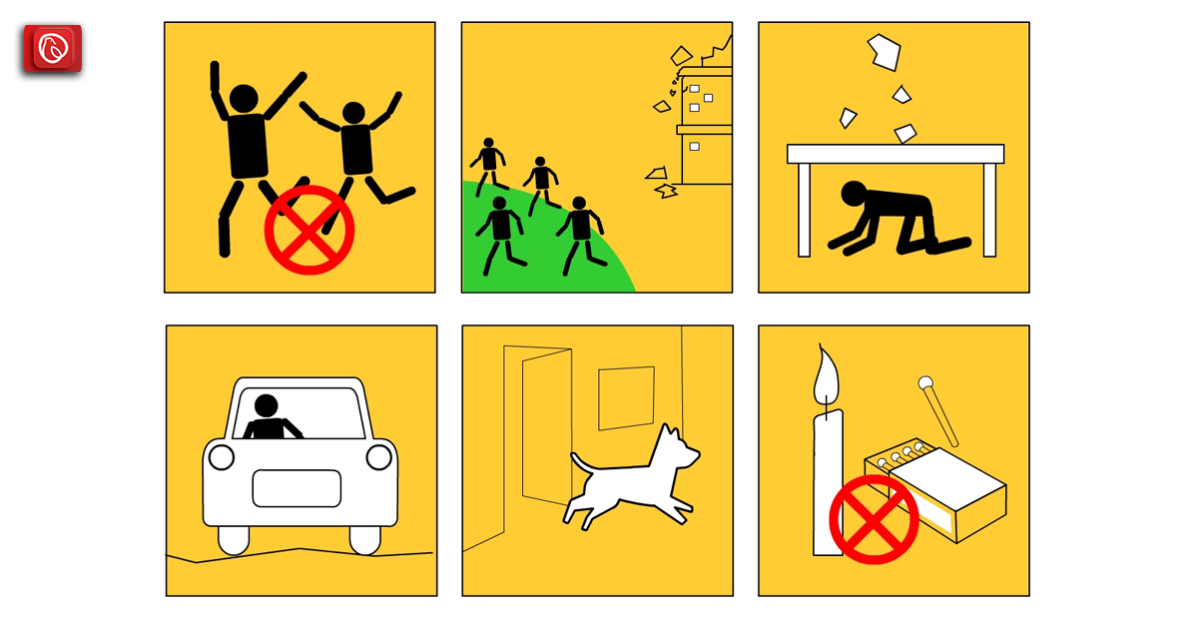People travelling to the northern areas of Pakistan during the monsoon might face problems due to landsliding, so they have to take measures to stay safe during landsliding.
The monsoon season is a significant weather condition that brings changes in the environment. The seasonal winds usually enter Pakistan from the northeast side, resulting in massive rainfall across the country, especially in the northern regions.
The monsoon season typically lasts from July to September in Pakistan. Furthermore, it is a highly anticipated time for tourists to travel to the northern regions of Pakistan. The monsoon season, however, can cause a few adversities.
Currently, Pakistan is going through a heavy monsoon season that has caused severe urban flooding problems in various regions such as Karachi, Panjgur, Pasni, Mardan, and others. Moreover, landsliding has been a significant issue due to rainstorms in the northern areas of Pakistan.
Northern areas host a large number of local and international tourists during the summers. However, extreme rain and resulting urban flooding and landsliding can be very dangerous for these travellers. Therefore, you must take proper safety and precautionary measures seriously to avoid this natural calamity.
Graana.com, Pakistan’s smartest property portal, has prepared a comprehensive guide on landslides to help you stay safe during your journey.
Dangers of Travelling During Monsoon
The National Disaster Management Authority (NDMA) of Pakistan has released disaster response plans for areas that can be highly affected during the monsoon. It also informs the local authorities about all possible dangers and directs them to prepare accordingly.
NDMA also released safety guidelines for tourists travelling during this season. The following are some of the most common dangers:
Floods
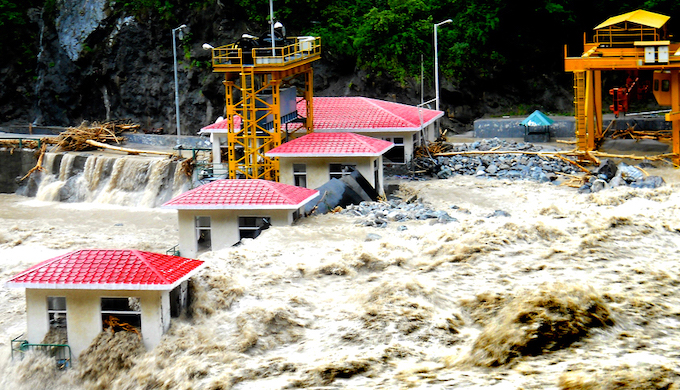
There are great chances of cloudbusting during the monsoon season, which can eventually cause flash floods in areas incapable of handling large amounts of rainwater.
Moreover, urban flooding damages roads and causes electricity breakdowns throughout the country. It can leave travellers stranded in far-off areas. So, travellers must note weather conditions before starting their journey.
Emergence Of Water-Related Insect-Borne Diseases
Generally, in monsoon, there is a rise in the number of water-borne diseases like malaria, dengue etc. Diseases such as cholera, diarrhoea, dysentery, hepatitis A, and typhoid can also spread in different areas.
Hence, travellers need to follow proper health guidelines to avoid any inconveniences during their journey.
Road Accidents
In the monsoon season, heavy rainfall results in slippery roads, making travelling quite dangerous. As you go higher up in the mountainous areas, the conditions of roads get even worse.
Moreover, some areas are inaccessible by vehicles, and travellers may have to walk miles, which also poses a threat to dangerous accidents. According to NDMA’s reports, at least 8 people have been killed due to extreme rainfalls and landslides in KPK.
Landsliding
The monsoon rainfalls can result in a landslide and it might be difficult to stay safe during landsliding. It refers to when water debris and masses of earth roll down the mountains. This requires extra care and preventive measures.
Landsliding is not just a problem in the northern areas of Pakistan, rather it can occur in any place, depending upon the severity of environmental conditions there.
What Is Landsliding?
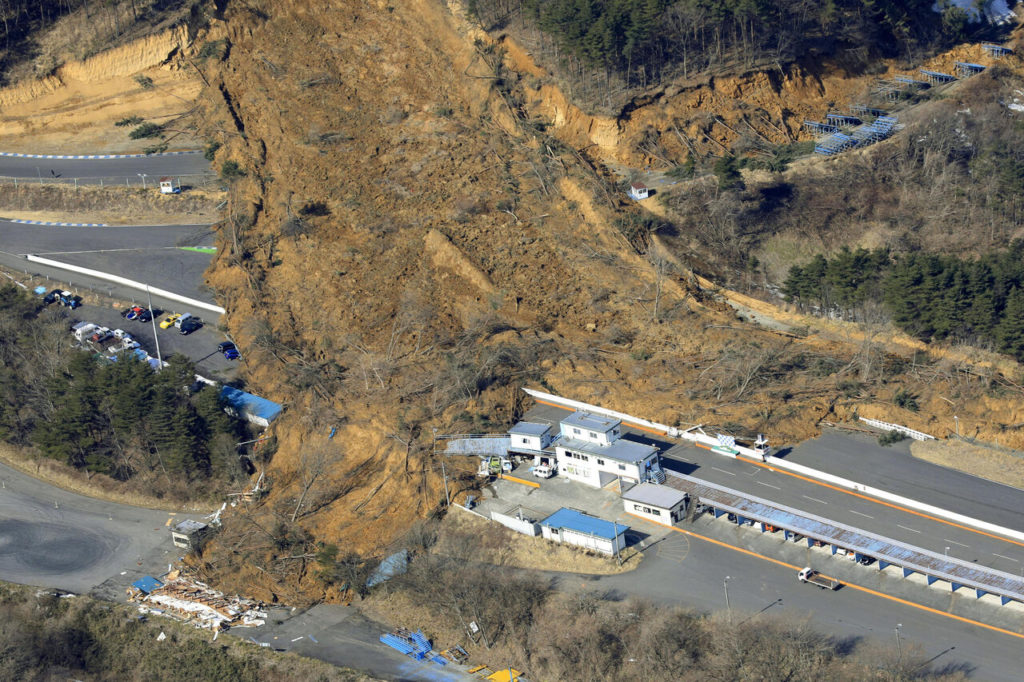
A landslide is a gravitational-based movement of a mass of debris or earth down a slope. Landslides are considered a kind of “mass wasting”, also known as landslips. There are five basic modes of slope movements: falls, topples, slides, spreads, and flows subdivided by the type of geologic material involved.
Various reasons can cause landsliding. For example, these can be instigated in sloppy regions that are already prone to movements by any kind of triggers like heavy rainfalls, snowmelt due to climate warming, changes in water level, earthquakes, volcanic activity and eruptions, disturbance by human activities, or any other natural source.
Warning Signs for Landsliding
Landslides can be predictable in cases where surfaces are sloppy and there are vivid cracks in the roads or rocks.
To prevent any severe damage due to landslides, the following are some most common warning signs that must be taken care of:
- Emergence of springs or saturated ground in areas that were dry before
- New cracks or unusual bulges in the ground
- Soil moving away from its foundations
- Sudden cracks in concrete surfaces
- Offset in fence lines
- Sunken or down-dropped beds in certain parts of the road
- Increase in creek water levels
- A faint rumbling sound can be heard before an impending landslide
- Echoing unusual sounds, like trees cracking or boulders knocking
Areas Prone to Landsliding
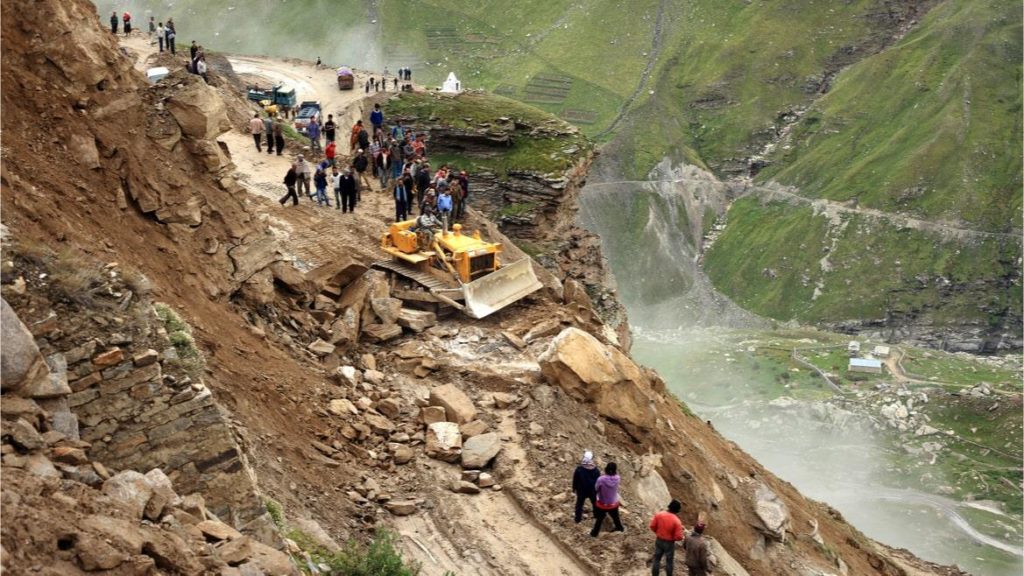
During the monsoon season, certain areas are comparatively more likely to be subject to landslides. For example, areas that have already been affected by landslides in the past face higher risks. Plus, areas at the base or the top of any kind of slope are generally more prone to landslides.
Mountainous areas are more prone to landslides because the rainwater makes paths between the rocks and creates weak spots. Minor drainage hollows in certain areas can also be indicators of massive landslides.
In developed areas such as Murree, Nathia Gali and others, landslides can occur due to leach field septic systems, which are underground wastewater treatment structures.
Safe Areas During Landslides
Landslides usually occur in hilly areas, but their type and severity differ from place to place. The following areas can be considered safe during landslides:
- Hard, non-jointed bedrocks that have not moved in the previous landslides
- Relatively flat-lying surfaces away from the slopes
- Top or along the nose of ridges
Tips to Stay Safe
Even though the prediction of landslides is difficult, there are several ways to take appropriate measures beforehand. This can be done by following proper safety measures, recognising potential warning signs, and devising an emergency plan.
The following are some measures that can be adopted to prevent damages due to landslides:
Measures to Adopt Before Landsliding
The following are some of the best strategies to adopt:
- Avoid constructing a property near slopes or mountain edges and hilly ends.
- Conduct a proper ground assessment of your property.
- Seek information on landslides in your area.
- Be updated with the changing weather patterns as some areas must be avoided during a storm or intense weather.
- Prepare emergency response and evacuation strategies.
Measures to Adopt During Landsliding
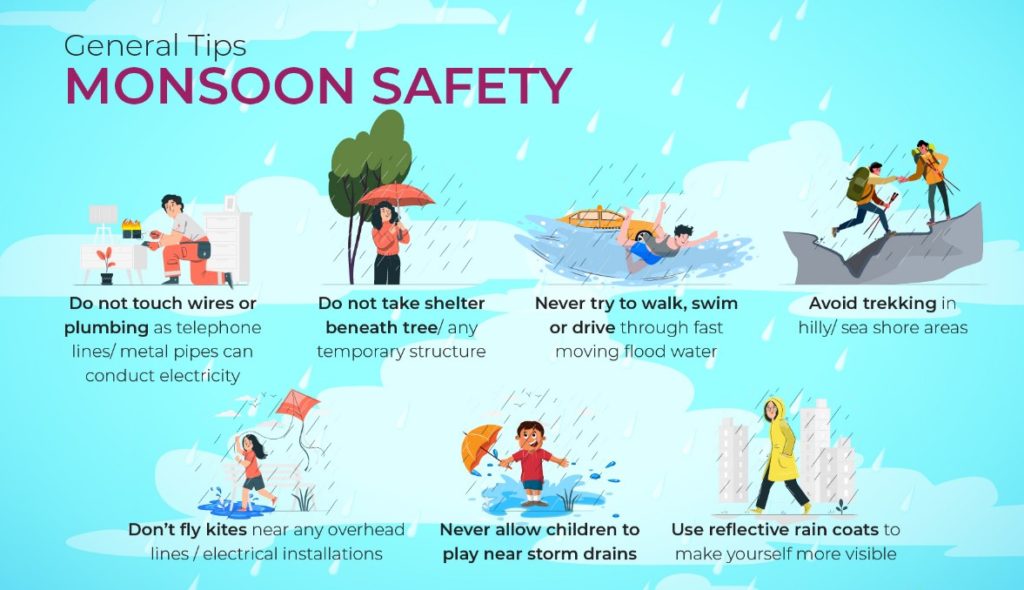
If by any unfortunate circumstance, you are trapped in an area where you face an immediate danger of landslides, you can take the following measures:
- Try to be alert. Take note that even short bursts of rain can be alarming especially after prolonged periods of damp weather.
- Notice if there is an echoing of any kind of unusual sounds. Landslides can occur quickly and often without any warning.
- Move quickly in case of any sudden increase or decrease in water flow. These changes usually indicate landslide activities.
- Be extra careful while driving, and avoid passing over bridges and stream crossings. Keep an eye on the road as there can be collapsed pavement and other indicators of possible landslides.
Measures to Adopt After Landsliding
The following measure should be taken to avoid any further damage:
- Do not go near areas that witnessed landsliding. There are chances of additional occurrences in those areas.
- Keep track of the latest emergency information in the media.
- Be aware that there are also higher chances of flooding after landslides.
- If there are any injured or trapped people in these areas, immediately contact professional rescuers for help.
Measures During Intense Rainfall | Stay Safe During Landsliding
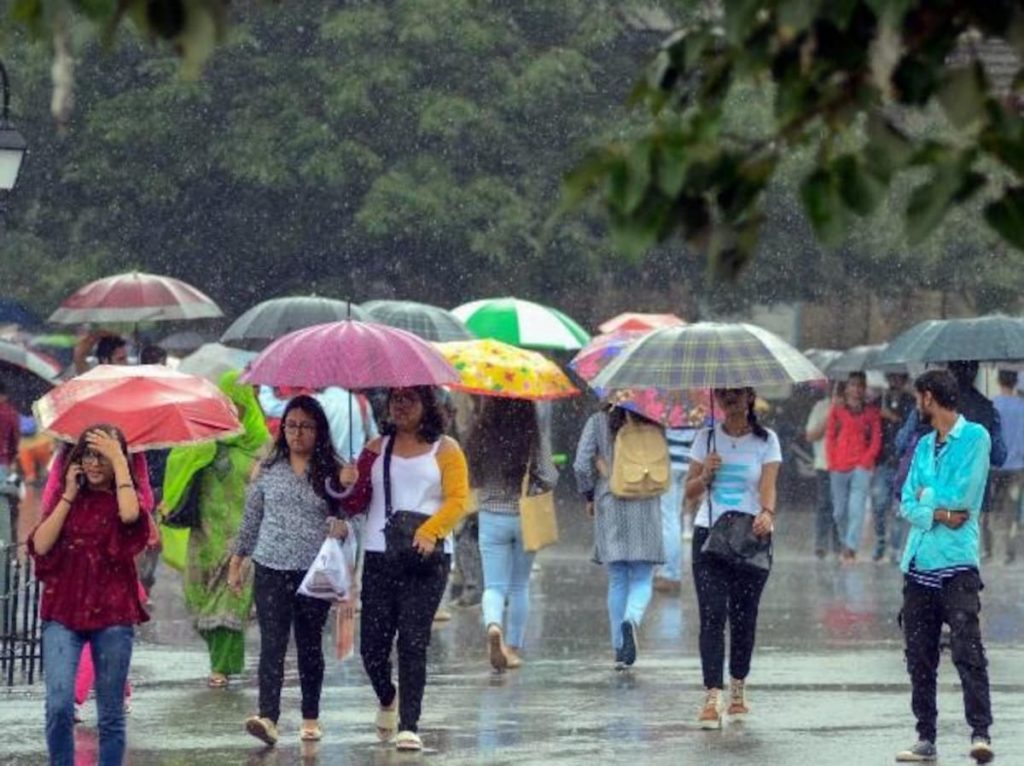
These are some of the safety measures that are effective in avoiding any hazards of intense rainfall:
- Try not to step outside during such heavy rainfall. If you have to, wear protective clothing.
- Avoid travelling unless necessary. If you are, avoid underpasses, low-lying areas and flood-prone areas.
- Avoid driving due to poor visibility and the higher risk of road accidents.
- Keep yourself updated on the weather changes.
- Do not go near power lines and stay away from electrical wires.
- Always have an emergency kit prepared. This t should include clean water, insect repellent formulas, medicines, a first aid box, emergency lights etc.
For more information and guides, visit Graana Blog.



